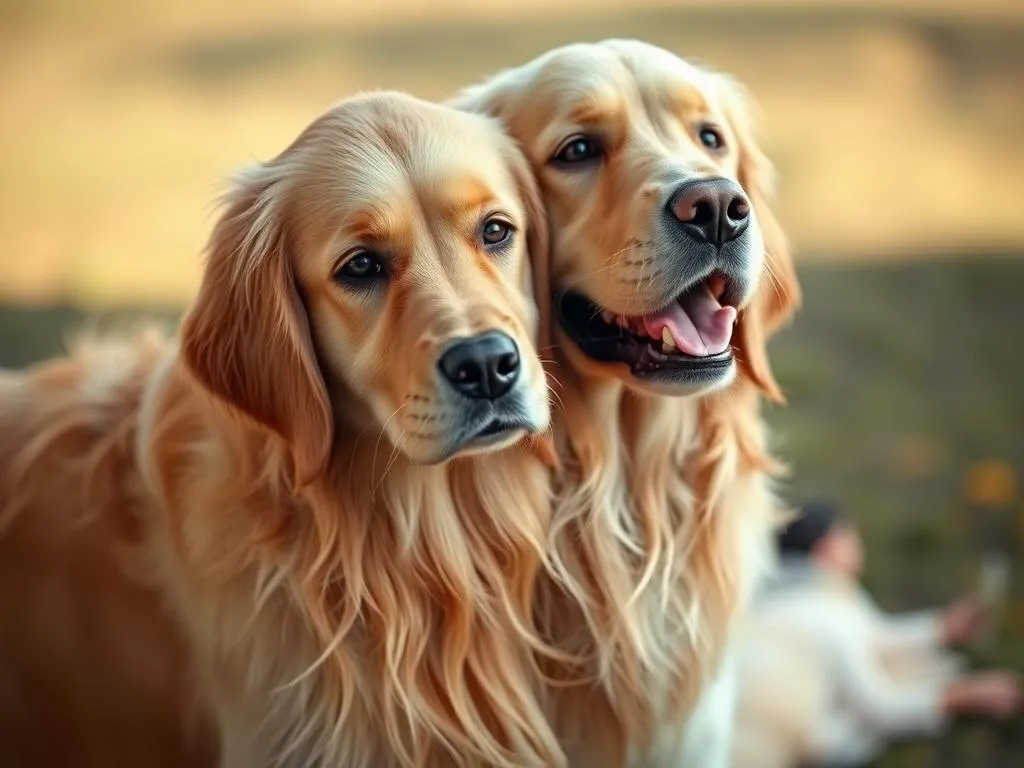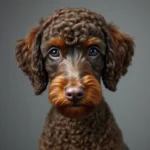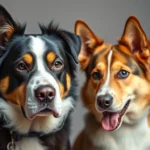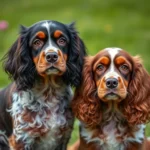
Golden Retrievers are one of the most popular dog breeds, cherished for their friendly demeanor, intelligence, and versatility. Understanding the characteristics of their coat is crucial for potential owners and dog lovers alike. One common question that arises is: Are Golden Retrievers double coated? This article explores this topic in depth, providing insights into dog coat types, the unique attributes of Golden Retrievers, grooming needs, shedding patterns, and health considerations related to their coat.
Understanding Dog Coats
Definition of Dog Coat Types
Dog coats can vary significantly among breeds, and understanding these variations is essential for proper care. The primary coat types include:
- Single Coat: This type features one layer of fur, providing minimal insulation. Breeds with single coats often require less grooming and shed less than those with double coats.
- Double Coat: This coat comprises two layers: the undercoat and the guard hairs. The undercoat is soft and dense, while the outer layer consists of longer, coarser hairs. This combination offers insulation and temperature regulation.
Understanding coat types is important not just for grooming but also for how dogs adapt to different climates and environments.
Characteristics of Double Coated Breeds
Double-coated breeds, such as the Golden Retriever, possess unique characteristics that serve various functions:
- Insulation: The undercoat traps warm air, providing insulation in colder temperatures.
- Temperature Regulation: In warmer climates, the undercoat can help keep the dog cool by allowing moisture to escape and facilitating airflow.
- Shedding: Double coats are known for their seasonal shedding patterns, requiring regular grooming to manage loose fur effectively.
Golden Retrievers: An Overview
Breed History
Golden Retrievers originated in Scotland in the late 19th century, bred by crossing the now-extinct Yellow Retriever with the Tweed Water Spaniel. The primary aim was to create a breed capable of retrieving game from water and land, which they excelled at thanks to their keen sense of smell and friendly temperament. Their purpose quickly expanded to companionship and assistance in various activities, making them beloved family pets worldwide.
Physical Characteristics
Golden Retrievers are medium to large-sized dogs, typically weighing between 55 to 75 pounds. They have a strong, muscular build with a broad head and friendly expression. Their coat is one of their most defining features, available in various shades of gold, from light cream to rich golden hues. The texture can range from wavy to straight, and the lush, dense fur is indicative of their double coat.
Are Golden Retrievers Double Coated?
Confirmation of Double Coat Status
Yes, Golden Retrievers are indeed double coated. Their coat structure consists of two distinct layers:
- Undercoat: This soft, downy layer serves as insulation against the cold and helps regulate temperature.
- Outer Coat: The longer, water-resistant guard hairs protect the undercoat and help repel dirt and moisture.
This unique combination makes them well-suited for various climates, although it does require dedicated grooming.
Comparison with Other Breeds
Golden Retrievers share their double coat characteristic with several other breeds, such as:
- Siberian Huskies
- German Shepherds
- Alaskan Malamutes
While these breeds have similar coat structures, their shedding patterns and grooming needs can vary. For instance, Huskies may shed more heavily due to their adaptation to harsher climates.
Grooming Needs for Golden Retrievers
Regular Grooming Requirements
To keep a Golden Retriever’s coat healthy and free from mats, regular grooming is necessary. Recommended grooming tools include:
- Slicker Brush: Ideal for removing tangles and loose fur.
- Undercoat Rake: Helps to remove the dense undercoat, especially during shedding seasons.
- Comb: Useful for smoothing out the coat and inspecting for any skin issues.
Aim to groom your Golden Retriever at least once a week, increasing the frequency during seasonal shedding periods, typically in spring and fall.
Bathing and Coat Care
Bathing should be done as needed, usually every 6 to 8 weeks, depending on the dog’s activity level and exposure to dirt. When bathing your Golden Retriever:
- Use a gentle, dog-specific shampoo to avoid irritating their skin.
- Rinse thoroughly to ensure no product residue remains.
- Dry them with a towel or a pet-safe dryer, being cautious not to overheat them.
Products specifically formulated for double-coated dogs can help maintain their coat’s health and shine.
Shedding in Golden Retrievers
Shedding Cycle
Golden Retrievers typically experience two major shedding cycles each year, often referred to as “blowing coat.” During these times, they will shed their undercoat in preparation for seasonal changes. Signs of shedding can include:
- Increased loose fur around the house
- Fur clumps in grooming tools
- Visible undercoat coming out in tufts
Understanding this shedding cycle can help owners prepare for the increased grooming required during these periods.
Managing Shedding
To manage shedding effectively, consider the following techniques:
- Regular Grooming: Frequent brushing can help control loose fur and minimize the mess around your home.
- Vacuuming: Use a vacuum equipped with pet hair attachments to keep your home clean.
- Lint Rollers: Handy for quick clean-ups on clothes and furniture.
Investing in quality grooming tools and cleaning aids can make a significant difference in managing shedding.
Health Considerations Related to Coat Type
Common Coat-Related Issues
While Golden Retrievers generally have healthy coats, they are susceptible to certain coat-related issues, including:
- Skin Allergies: Environmental factors can cause allergic reactions, leading to itching and discomfort.
- Matting: Neglecting grooming can result in mats that may cause skin irritation or infections.
Regular grooming and monitoring for signs of discomfort can help mitigate these issues.
Importance of Regular Vet Check-ups
Routine veterinary visits are crucial for maintaining your Golden Retriever’s overall health, including their coat condition. Vets can provide guidance on:
- Appropriate grooming techniques
- Dietary recommendations for skin and coat health
- Treatments for any underlying skin conditions
Being proactive about your dog’s health can prevent coat-related problems and ensure a happy, healthy life.
Conclusion
In summary, Golden Retrievers are double coated, a characteristic that plays a vital role in their adaptability and overall well-being. Understanding their coat type enhances the experience of owning this wonderful breed and highlights the importance of proper grooming and care. With regular attention, Golden Retrievers can thrive in various environments, making them a joy for families and individuals alike.
FAQs
-
Are Golden Retrievers hypoallergenic?
No, Golden Retrievers are not considered hypoallergenic. They shed fur and dander, which can trigger allergies in sensitive individuals. -
How often should Golden Retrievers be groomed?
Ideally, Golden Retrievers should be groomed at least once a week, with increased frequency during shedding seasons. -
Do all Golden Retrievers have the same coat type?
While most Golden Retrievers have a double coat, some variations may exist due to genetics and breeding lines. -
What are the best products for grooming a double-coated dog?
Look for slicker brushes, undercoat rakes, and dog-specific shampoos formulated for double-coated breeds.









